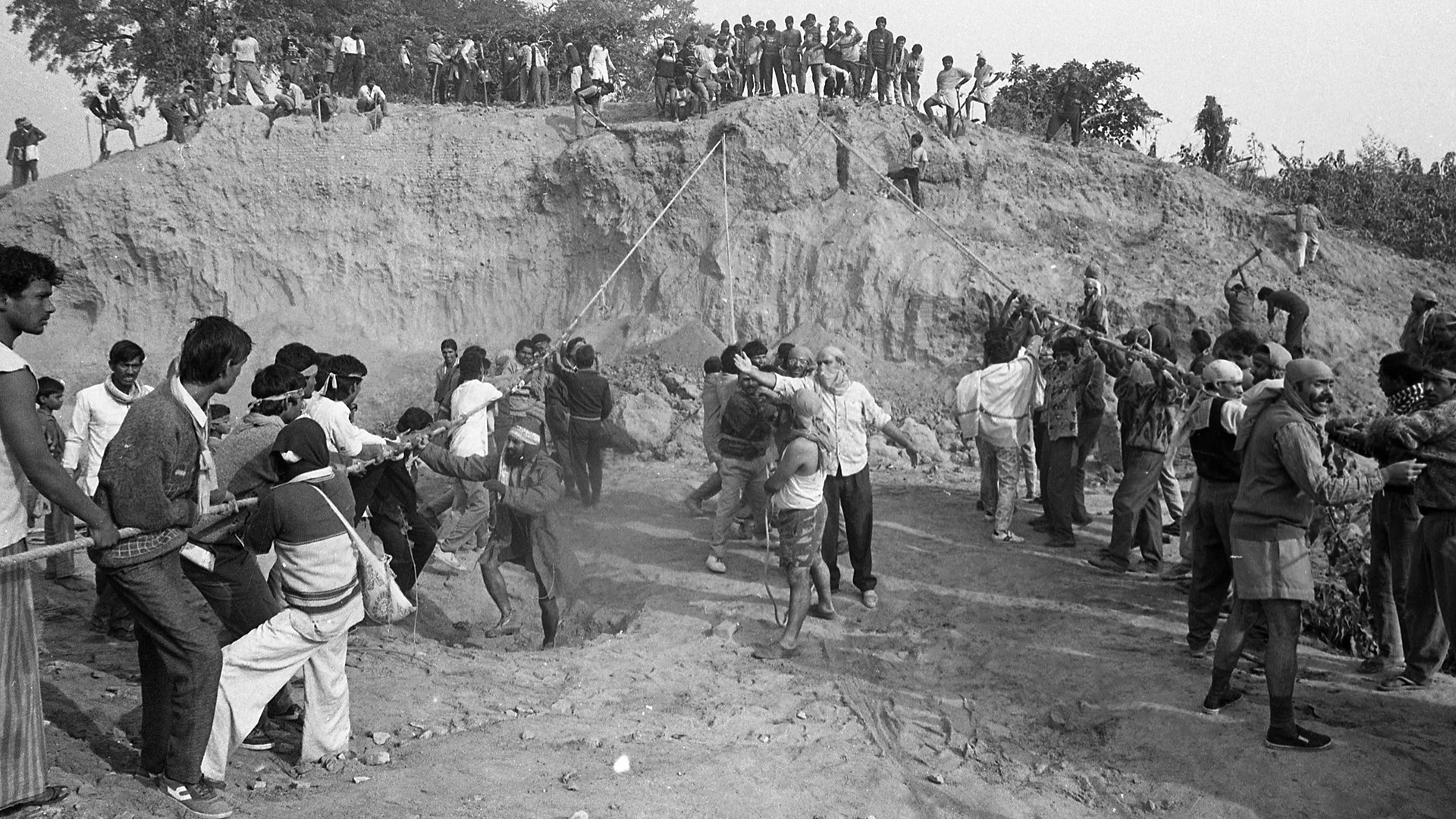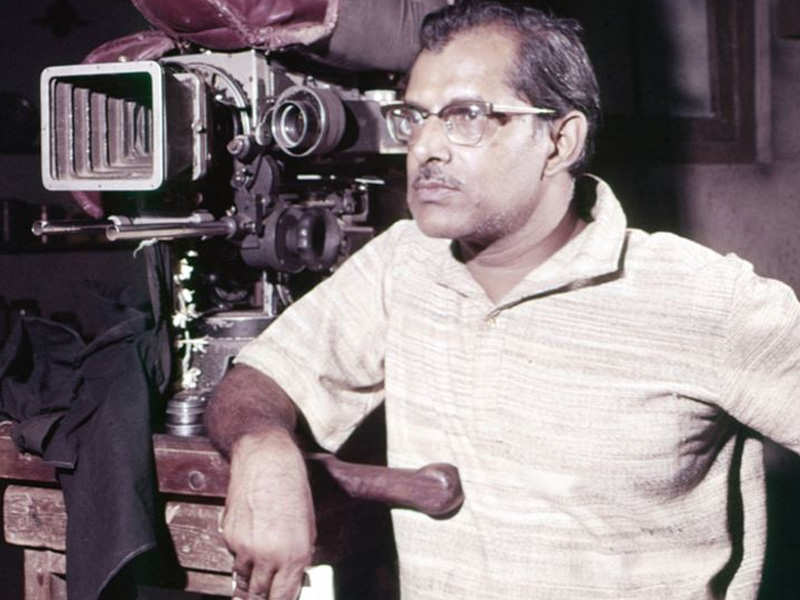September 30: A major verdict in Indian History
September 30 is celebrated as the Birth Anniversary of one of the ancient poets of history, Jalal ad-Din Muhammad Rumi.
One of the longest-running cases in Indian history was recently closed. The beginning of the Ayodhya dispute has been recorded 134 years back. Originated from Faizabad Civil Court to Lucknow Bench of the Allahabad High Court to the Supreme Court, the case has traveled everywhere for the final verdict. Let us look at the major facts of the Ayodhya case.
A Clear History of Ayodhya Dispute

(Incidents of Ayodhya Dispute)
-
Mir Baqi, the commander of Babur’s empire, constructed the Babri Masjid in 1528.
-
1885 – Mahant Raghubar Das filed suit in Faizabad district court
Legalities started in 1885 when Mahanth Raghubar Das filed 61/280 against the Secretary of State for India in Council in the civil court of Faizabad. The suit claimed that he was a Mahanth in the outer courtyard and should be permitted to construct a temple there. But the suit was dismissed. In 1949 some unidentified people placed the idols of Ram in the mosque, hence, the structures were besieged by the authorities after escalation. The second Appeal of Section No.122 was filed against this dismissal, which was again dismissed, and for the next 63 years, there was no legal progress in the case. In 1934 some riots and Hindus demolished a portion of the structure of the disputed site which was rebuilt by Britishers.
-
1950 – Suit was filed by Gopal Singh Visharad and Paramahansa Das
On January 16, 1950, Gopal Singh Visharad of the Hindu Maha Sabha recorded a suit against five Muslims, the state government, and the region officer of Faizabad for the rights to direct puja in the internal courtyard. Around the same time, the common appointed authority passed the allowance. On December 17, 1959, the Nirmohi Akhada filed the third suit for seeking possession of the disputed site.
-
1961 – Suit for possession of site was filed by UP Sunni Central Waqf Board
Two years later, on December 18, 1961, Sunni Central Waqf Board filed the fourth suit in the court of civil judge, Faizabad, for the removal of idols and handing over the possession of the mosque. On March 20, 1963, the court ordered a public notice to impleads Hindu Maha Sabha, Arya Samaj, and Sanatan Dharma Sabha as defendants to represent the Hindu community.
-
On July 1, 1989, a fifth suit was filed by former Allahabad High Court Judge Deoki Nandan Agarwal as “next friend” of Ram Lala Virajman in Faizabad. It stated that the whole site is handed over to Ram Lala for the construction of a new temple. In 1989, the Shia Waqf Board also filed a suit and became a defendant in the case.
Read more: September 29 marks World Heart Day, here is a list of major events you need to know

(Demolition of Babri Mosque)
-
1990 – A Rath Yatra was started on September 25, 1990, from Somnath which ended on October 30 in Ayodhya by LK Advani. The Yatra was taken out across the country to mobilize support for the construction of Ram Mandir. After two years, on December 6, 1992, the Babri mosque was demolished despite interim orders passed by the Supreme Court and the high court, and 49 FIRs were registered against several people, including BJP leaders, in the demolition case.
-
The High Court of Allahabad took the case after thirteen years in March 2002 and hearing began for the title suit of the Ayodhya dispute. On August 22, 2003, the Archaeological Survey of India (ASI) did the excavation and submitted it. In its report, ASI said that there was a massive structure beneath the disputed structure and there were artefacts of Hindu pilgrimage.
-
2010 – Allahabad High Court came with the decision
On September 30, 2010, the three-judge bench of Justice Dharamveer Sharma, Justice Sudhir Agarwal, and Justice SU Khan of the Allahabad High Court gave its judgment in the title suit. It divided the disputed land into three parts, giving one each to Ram Lala, Nirmohi Akhada, and Sunni Waqf Board.
-
November 9, 2019 – A Judgement as well as Settlement
The Supreme Court bench led by Chief Justice Ranjan Gogoi ordered that the disputed land in Ayodhya should be given to Ram Janmabhoomi Nyas for the construction of a temple. And the Muslim side should be compensated with five acres of land at a prominent place in Ayodhya for a mosque. The court also orders the central government to formulate a scheme within three months to implement the order.
Other Events of this Day
1. On September 30, 1207, the ancient poet of thirteenth-century Jalal ad-Din Muhammad Rumi born. He was a Persian poet, Islamic scholar, theologian, and Sufi mystic originally from Greater Khorasan in Greater Iran.
2. 1922 – Birth Anniversary of Hrishikesh Mukherjee
Hrishikesh Mukherjee was an Indian film director and was born on September 22, 1922. He was an editor and writer regarded as one of the greatest filmmakers of Indian cinema, known for a number of films, including Satyakam, Chupke Chupke, etc.
Check our Instagram: Ownguru
Facebook: Ownguru
If you have an interesting write-up or any suggestion, write to us at ownguru@gmail.com

